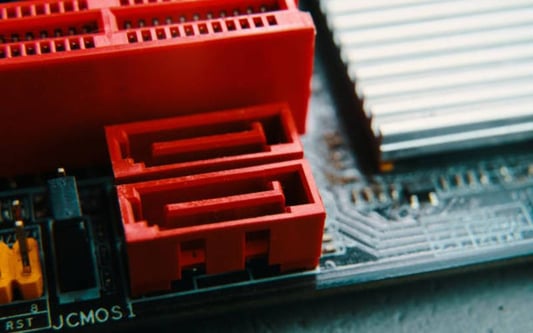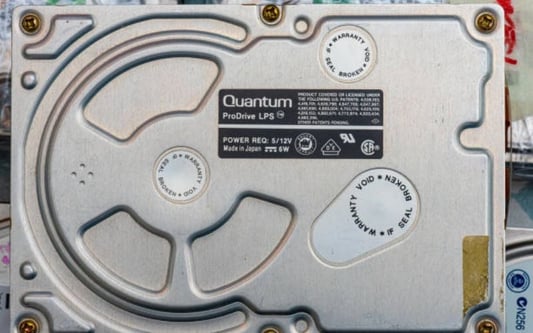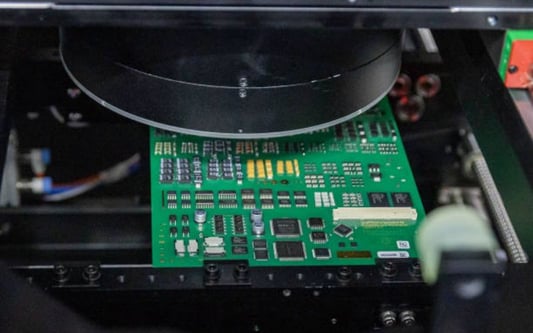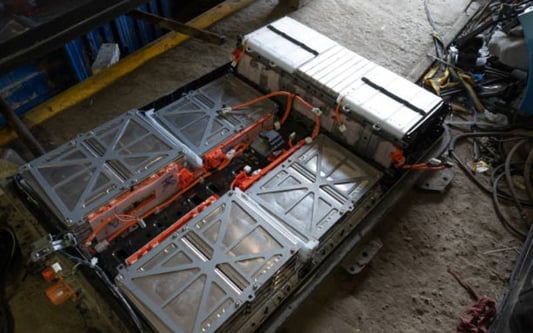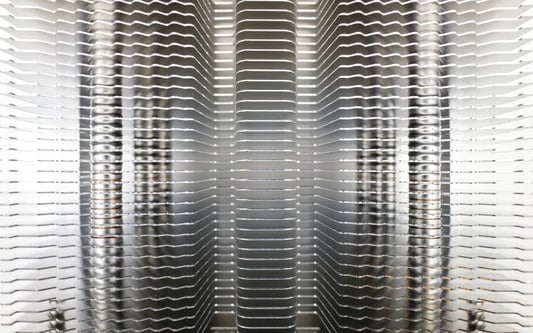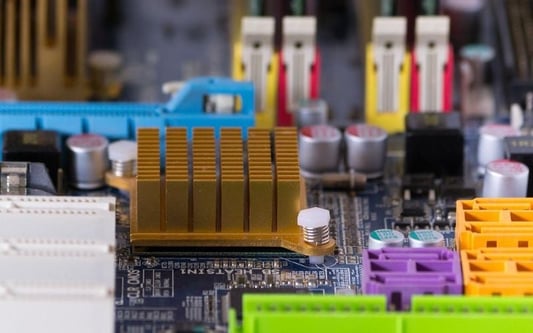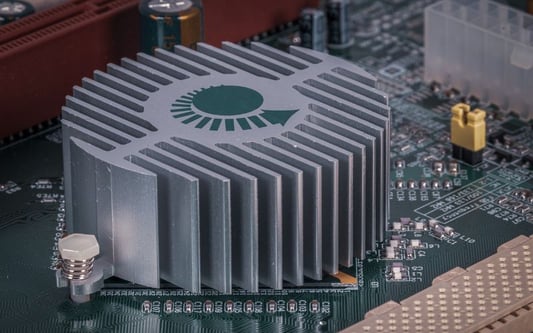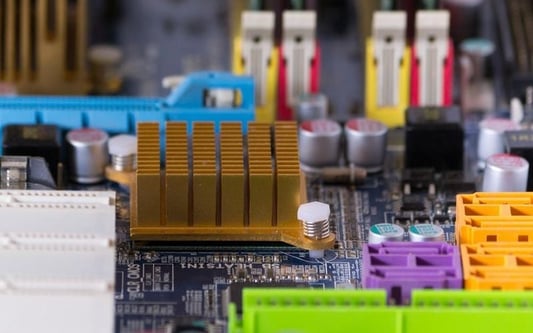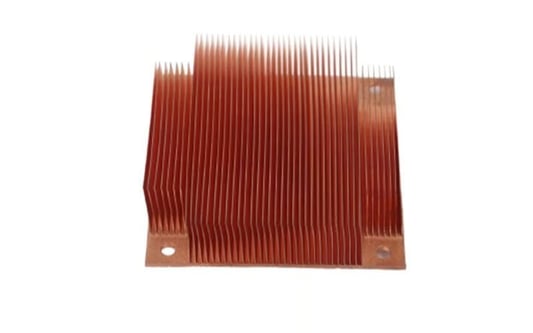Introduction to Heat SinksHeat sinks are essential components used in electronic devices to dissipate heat and prevent overheating. They are typically made of metal and have fins to increase surface area for better heat transfer.Materials Used in Heat SinksAluminum and copper are the most commonly used materials for heat sinks due to their high thermal conductivity. Aluminum is lightweight and cost-effective, while copper has superior thermal properties but is more expensive.Design ConsiderationsWhen designing a heat sink, factors such as size, shape, and fin density must be considered. A larger heat sink with more fins will have better heat dissipation capabilities, but it may not be practical for all applications.Thermal Interface MaterialsThermal interface materials, such as thermal paste or pads, are used to improve the contact between the heat sink and the heat source, ensuring efficient heat transfer. Proper application of these materials is crucial for optimal performance.Mounting MethodsThere are various mounting methods for attaching a heat sink to a heat-generating component, including clips, screws, and adhesive. The choice of mounting method depends on the specific requirements of the application.Heat Sink TestingBefore being deployed in a device, heat sinks must undergo rigorous testing to ensure they meet thermal performance specifications. Testing may include thermal resistance measurement and thermal cycling tests.Heat Sink MaintenanceRegular maintenance of heat sinks is essential to prevent dust and debris buildup, which can impede airflow and reduce cooling efficiency. Cleaning with compressed air or a soft brush can help maintain optimal heat dissipation.Specialized Heat Sink DesignsFor applications with specific cooling requirements, specialized heat sink designs such as heat pipe heat sinks or liquid cooling systems may be used. These designs offer enhanced thermal efficiency but can be more complex and costly.Future Trends in Heat Sink TechnologyAdvancements in materials science and thermal management are driving innovations in heat sink technology. The development of new materials with improved thermal properties and the integration of heat sinks into 3D-printed components are areas of ongoing research.ConclusionHeat sinks play a critical role in maintaining the thermal performance and reliability of electronic devices. By understanding the requirements for heat sinks and utilizing proper design and materials, engineers can ensure efficient heat dissipation and prolong the lifespan of electronic components.Quote InquiryContact us!


